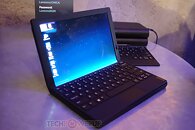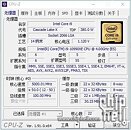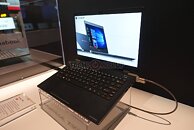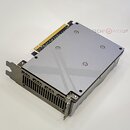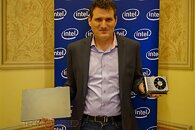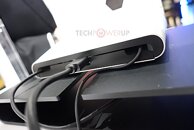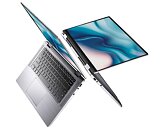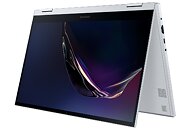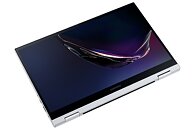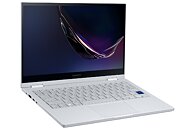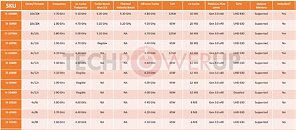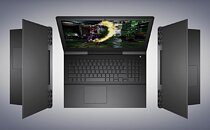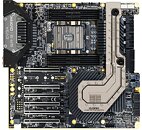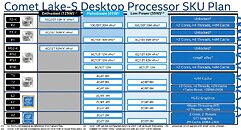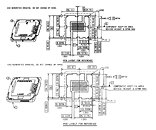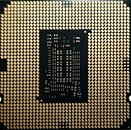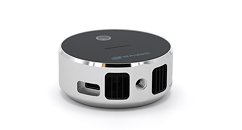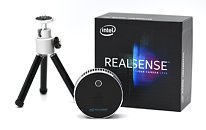
Razer at CES 2020: Kishi Mobile Controller, Tomahawk Gaming Desktop, and an Epic Sim
Razer had an interesting outing at CES 2020. There were no new PC gaming peripherals, other than Star Wars "storm trooper" co-branded Kraken, Goliathus, and Atheris; but three interesting exhibits. To begin with, Razer Kishi is an adjustable, split game controller for smartphones. The controller's two ends (meant for your left and right hands, wrap around the two ends of your smartphone. You get two analog thumbsticks, a D-pad, four action buttons, and four triggers. The Razer Gamepad app lets you map the controller to your smartphone over Bluetooth, and provides custom button mapping. The company also showed off Arctech line of smartphone sleeves that are designed to dissipate heat.
Having made its mark as a leading gaming notebook vendor, Razer is turning its attention to pre-built gaming desktops, and we saw one of its first creations, the Tomahawk SFF. Much like Apple, Razer has a serious focus on form as much as function, and that's evident with the aluminium CNC precision-milled chassis with tempered glass side-panels, and a size that's fit both for desks and the living room.
Having made its mark as a leading gaming notebook vendor, Razer is turning its attention to pre-built gaming desktops, and we saw one of its first creations, the Tomahawk SFF. Much like Apple, Razer has a serious focus on form as much as function, and that's evident with the aluminium CNC precision-milled chassis with tempered glass side-panels, and a size that's fit both for desks and the living room.








